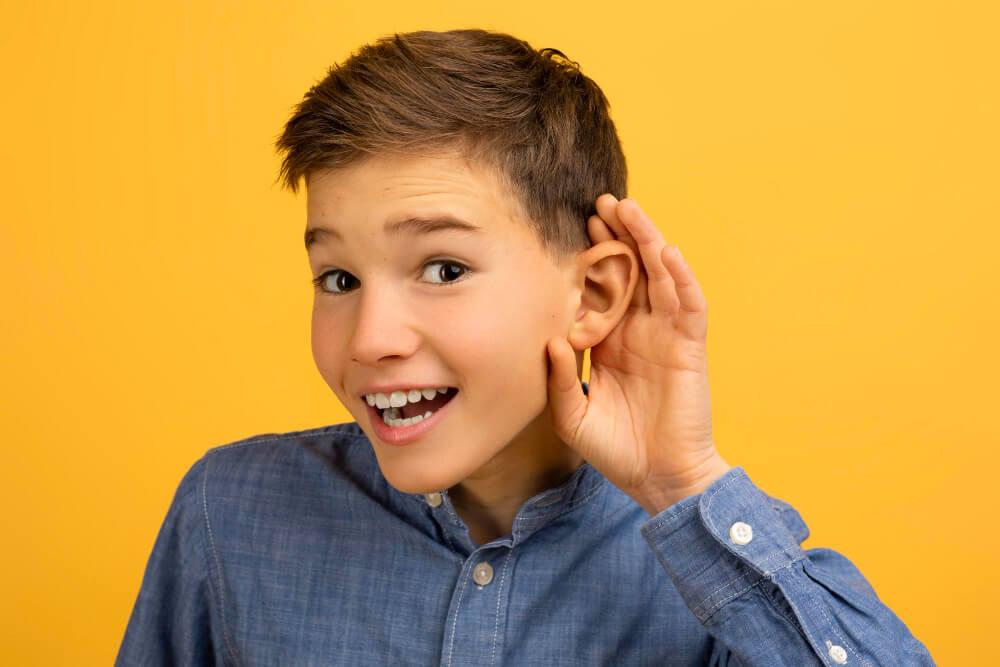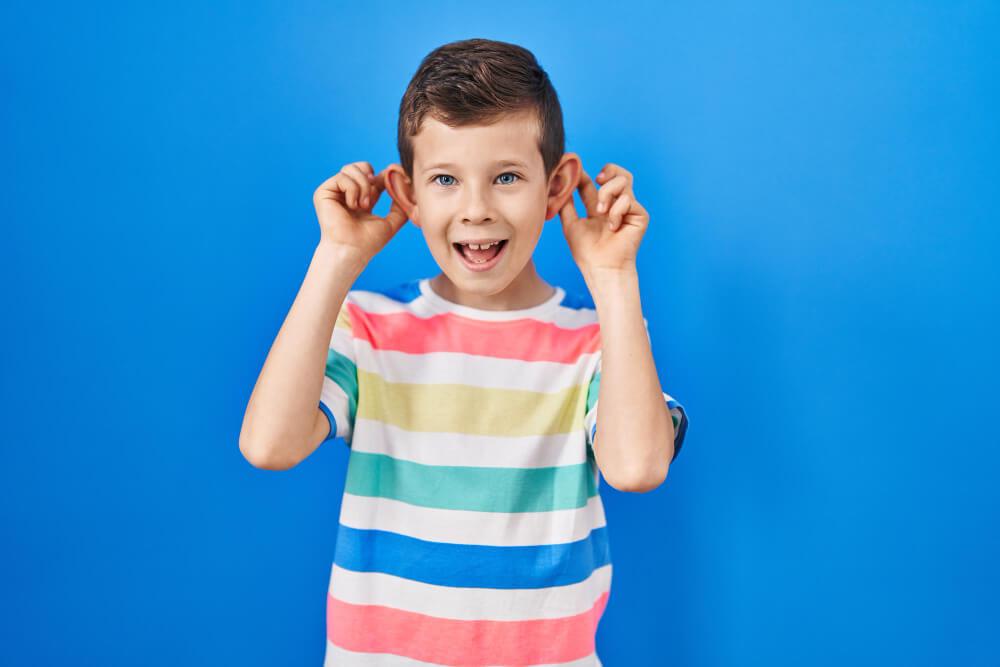Kids Otoplasty
Starting at
Starting at
When a child’s ears protrude or look noticeably different, it can draw the kind of attention no parent wants. Dr. Craig Jonov, Dr. David Santos, and Dr. Patel performs otoplasty also known as ear‑pinning and ear reshaping, to bring the ears into better balance with the face, help reduce teasing, and, most importantly, support a child’s confidence.
Otoplasty adjusts the ear’s shape, position, and projection to create a more natural, proportional look. For children, the most common goal is to bring prominent ears closer to the head (often called ear‑pinning). Ear reshaping can also address asymmetry, unusually large or small contours, and changes after injury. Our providers typically treat both ears to maintain symmetry, even when one ear stands out more.
Kids’ ear cartilage generally reaches near‑adult size around age five; at that point, reshaping tends to hold predictably. Operating substantially earlier can increase the chance that later growth alters the result and may make revision more likely.


Families often prioritize a natural result and a low‑stress experience for their child. When planned thoughtfully, pediatric otoplasty can:
Results are kept soft and natural, balanced ears that don’t call attention to themselves.
A consultation is appropriate when a child has one or more of the following:
The care team confirms that a child is old enough (generally 5+), healthy for outpatient surgery, and that expectations are clear about what surgery can and cannot do. Goals, recovery, and support before, during, and after surgery are discussed with parents or guardians, and, when age‑appropriate, with the child.
Planning begins with a calm, detailed visit. Providers at Seattle Plastic Surgery map ear shape and projection, review medical history, and create a plan that fits a child’s anatomy and the family’s goals. When symmetry is the priority, both ears are usually included, even if only one appears prominent, so changes on each side remain balanced and natural.

Kids otoplasty is performed as an outpatient procedure in a state‑licensed surgery center. Anesthesia is tailored to age and case complexity; options include general anesthesia or IV sedation with local anesthesia to keep a child comfortable and still throughout the procedure.
Typical operative time is about one hour per ear, with a personalized estimate provided during consultation.
Recovery is structured to be predictable for kids and manageable for parents.
Scars are thin and tucked behind the ear, becoming inconspicuous with time. Kid‑friendly scar care tips are provided to support healing.
Pediatric otoplasty is considered very safe when performed by trained providers in an appropriate setting. As with any surgery, risks can include infection or blood clot, though these are rare. Risks are minimized with careful planning, sterile technique, and close follow‑up, along with clear instructions for home care so parents know exactly how to support recovery.
At Seattle Plastic Surgery, kids’ otoplasty typically starts around $5,995, with the exact fee determined by factors such as the type of anesthesia used, the complexity of the correction, and any additional cartilage reshaping required. Anesthesia, facility fees, and surgeons fees are included in the price of the procedure.
We have several options for payment on a particular procedure. We accept all major credit cards with the exception of American Express. We offer out of house financing through Care Credit, Alphaeon Credit and United Medical Financing. We do collect a $1,000 deposit to schedule your procedure date. The remainder of the balance would need to be paid in full at your pre op appointment which is generally 21 days before the surgery.
Take the first step by scheduling a consultation today. For more information, call us at 206-460-1190 or request for free consultation.
Typically around age five and up, when ear cartilage has stabilized. Earlier than this, ongoing growth can change the outcome.
In most cases, yes. Operating on both ears helps keep everything balanced and natural, even if one ear stands out more beforehand.
Plan on about one hour per ear, plus time for anesthesia and a comfortable wake‑up in recovery. Timing is confirmed during consultation.
Expect a protective bandage at first, then a lighter dressing and nighttime headband use for up to six weeks. Most kids return to school in about a week, avoiding contact activities until cleared.
Incisions sit behind the ear or in natural creases and typically fade well with time. Scar care is reviewed in detail.
Yes. When performed appropriately, otoplasty is considered extremely safe for children and adults. Serious complications are rare, and precautions are taken to protect both comfort and outcome.
Give us a call at 206-350-7606 or chat by clicking the icon in the lower left hand corner of your screen. Additionally, you can contact us by filling out the form above.